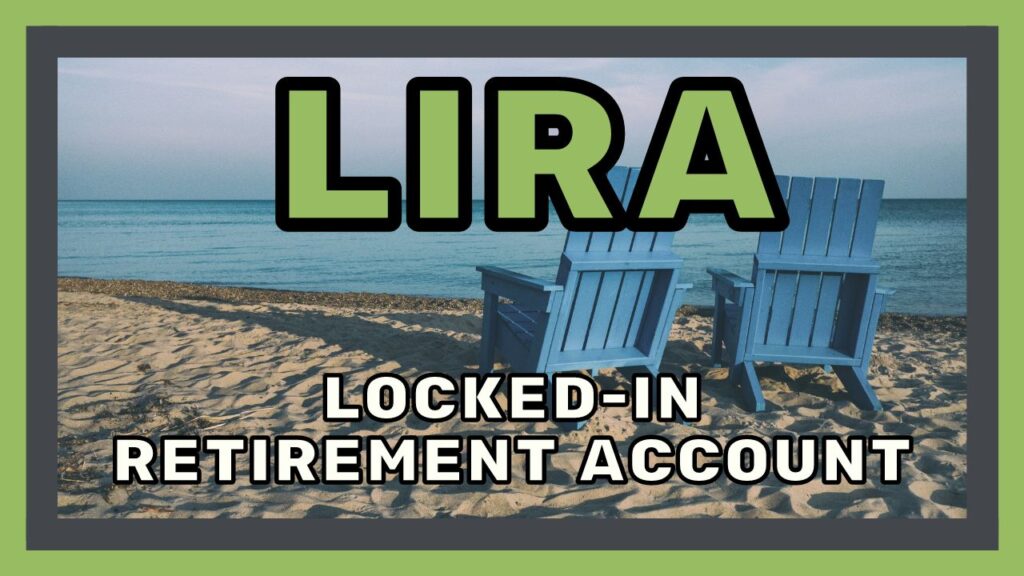A life income fund (LIF) is a type of Registered Retirement Income Fund (RRIF) offered in Canada that can be used to hold locked-in pension funds as well as other assets for an eventual payout as retirement income. A life income fund cannot be withdrawn in a lump sum. Owners must use the fund in a manner that supports retirement income for their lifetime. Each year’s Income Tax Act specifies the minimum and maximum withdrawal amounts for RRIFs, which encompasses LIFs. The Income Tax Act’s RRIF stipulations take into consideration fund balances and an annuity factor.
What is a Life Income Fund (LIF)?
The life income fund (LIF) is designed to provide annual income to the owner up to age 90, at which time the account holder may be paid the balance in the fund. In addition, up to 50% of the money transferred into a LIF from a pension plan or a Locked-In Retirement Account (LIRA) may be withdrawn in cash or transferred to an unlocked Registered Retirement Savings Plan (RRSP) or RRIF. This can only be done within 60 days from the date the money was transferred into the LIF from a pension plan or a LIRA.
What Kind of Investments Can You Hold in a LIF?
These investments will continue to grow tax-deferred once they’re within the LIF. This means you don’t have to pay taxes on those investments until you start withdrawing funds from your LIF. You can choose what type of investments to hold in a LIF. Your options include (but aren’t limited to) the following:
How Does a LIF Work?
- When you retire, convert money in a pension plan or a LIRA to a LIF or purchase an annuity
- You can work with an advisor to choose your investments, which will continue to grow tax-advantaged
- Withdraw an amount between the pre-determined minimum and maximum each year
- In some provinces, you must turn remaining LIF capital into an annuity when you turn 80
Advantages of a Life Income Funds
- Control over income and investments
- Growth potential
- Death benefit
- No requirement to buy an annuity
- One-time unlocking up to 50% in some provinces
LIF Disadvantages:
- Requires some financial decision-making
- Legislated minimum and maximum withdrawal amounts
- Potential for market volatility
- Potential to run out of money, particularly if you unlock funds
- Your spouse or common-law partner’s consent may be required
Minimum Annual Withdrawal
Varies depending on your age: The government requires you to make a minimum withdrawal each year. The percentage used to calculate the amount increases with your age. Withdrawals that exceed the minimum amount are taxed as income.
Maximum Annual Withdrawal
Varies depending on the province: The maximum withdrawal you can make is calculated based on your age, the balance of your LIF, and the LIF reference rate that is set each year. There is an annual limit on how much you can withdraw from your LIF, unlike a RRIF. A LIF can offer flexible income for Canadians starting their next chapter after work.





